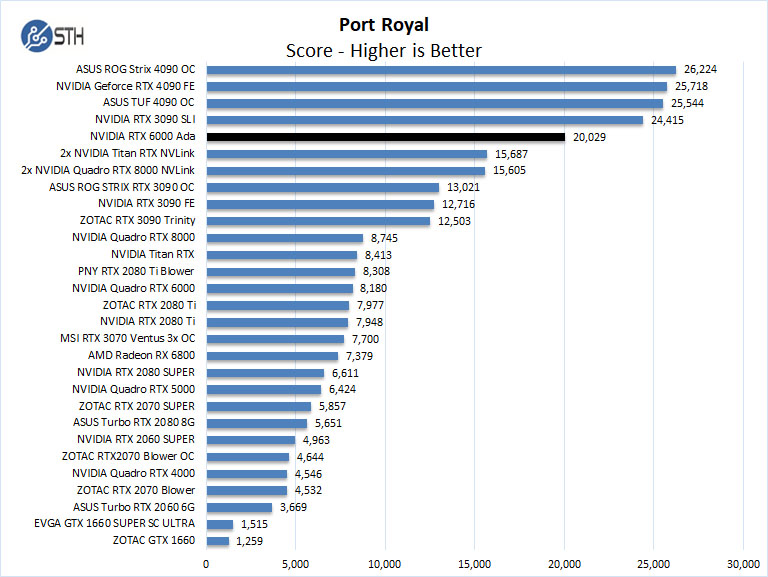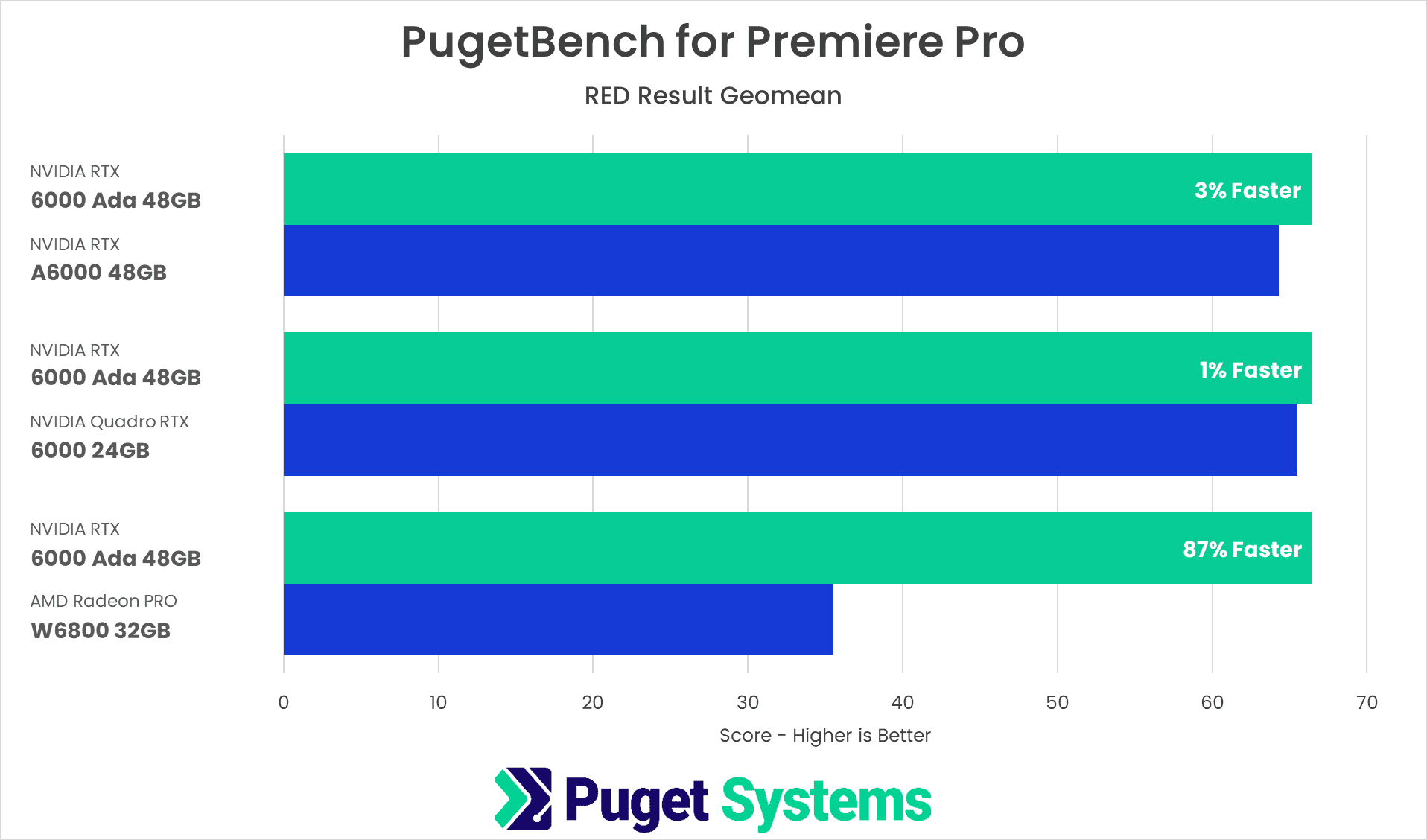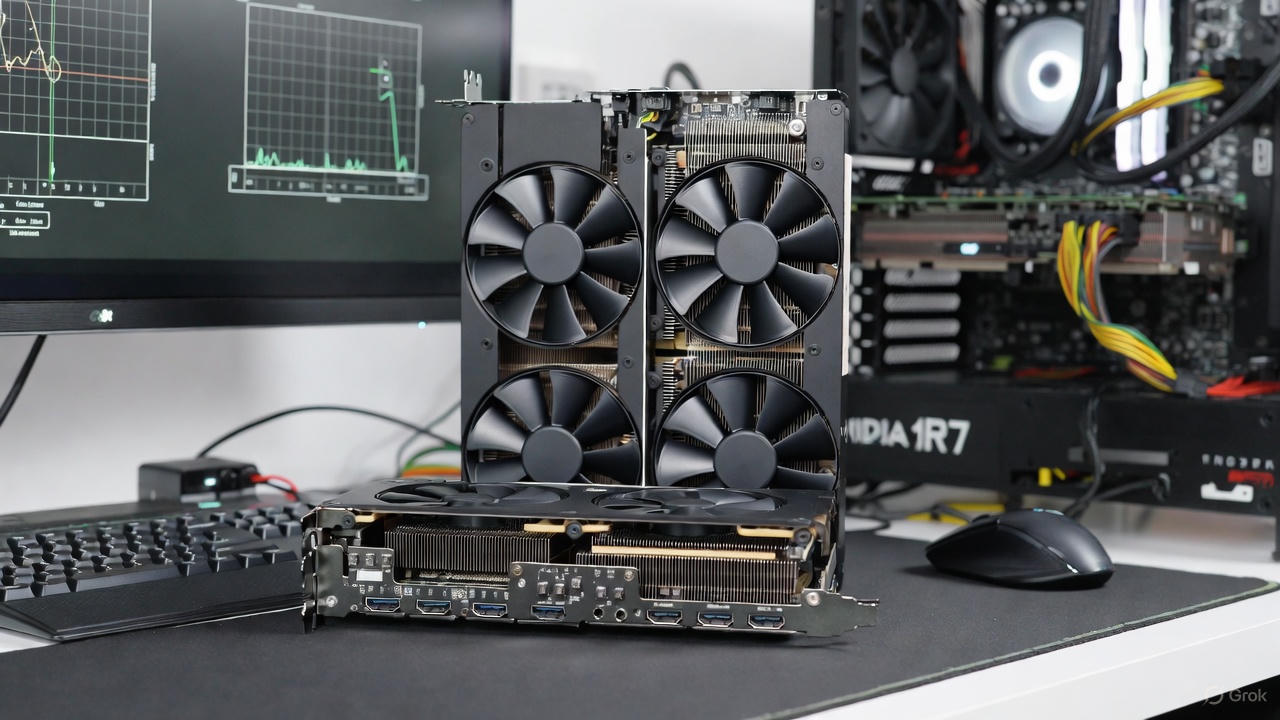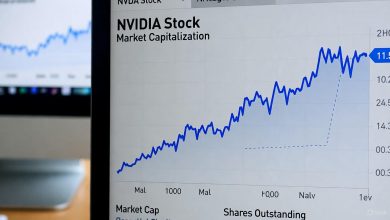As a professional GPU designed for demanding workloads in AI, 3D rendering, and data science, the NVIDIA RTX 6000 Ada remains a top choice for workstation users in 2025. If you’re searching for “RTX 6000 Ada price” or wondering about its value compared to older models like the RTX 6000 Ampere, this comprehensive guide covers everything you need to know. We’ll dive into current pricing trends, detailed specifications, real-world performance benchmarks, use cases, and expert buying advice to help you decide if it’s worth the investment.
Whether you’re a creative professional handling complex simulations or an IT manager outfitting a team, understanding the RTX 6000 Ada’s capabilities can save you time and money. Based on the latest market data as of November 2025, this card delivers exceptional power for high-end tasks, but its premium cost requires careful evaluation.

NVIDIA’s New Ada Lovelace RTX GPU Arrives for Designers and …
Current RTX 6000 Ada Price and Where to Buy
The RTX 6000 Ada launched with an MSRP of around $6,799, but as of November 2025, real-world prices have stabilized with some fluctuations due to supply chain dynamics and demand from AI sectors. According to recent tracking, the average retail price hovers at approximately $7,459, with highs reaching $8,350 during peak periods. This represents a modest increase from early 2023 reviews, where it was priced around £7,150 (roughly $9,000 USD at the time), reflecting ongoing inflation and component costs.
Key retailers offering the RTX 6000 Ada include:
- NVIDIA Marketplace: Starting at $6,800 for the base model (MPN: 900-5G133-2550-000), ideal for direct purchases with access to the latest firmware updates.
- Amazon (PNY NVIDIA RTX 6000 Ada): Often available with holiday return policies extending to January 31, 2026, for purchases made between November 1 and December 31, 2025. Prices vary, but expect competitive deals during sales.
- Dell: Bundled with workstations, featuring 48 GB GDDR6 and full-height PCIe 4.0 support. Contact for custom quotes, as prices aren’t always listed publicly.
- ServerSupply and Other Enterprise Vendors: Quoted on request, with ETAs of 2-3 weeks for models like the Quadro RTX 6000 Ada FH (900-5G133-2250-000). No cancellations or returns, so plan accordingly.
Price volatility is low at 4.0%, making it a predictable investment compared to consumer GPUs like the RTX 40-series, where prices can drop significantly post-launch. For budget-conscious buyers, watch for enterprise discounts or refurbished units, but always verify ECC memory integrity for professional use.
Deep Dive into RTX 6000 Ada Specifications
Built on NVIDIA’s Ada Lovelace architecture, the RTX 6000 Ada is engineered for workstation reliability and massive parallel processing. Here’s a breakdown of its core specs:
- GPU Chip: AD102 variant with Ada Lovelace architecture.
- CUDA Cores: 18,176 – enabling massive compute power for tasks like machine learning training.
- Tensor Cores: 568 (4th generation) – optimized for AI inference and deep learning, delivering up to 2x the performance of previous gens.
- RT Cores: 142 (3rd generation) – for accelerated ray tracing, providing 211 TFLOPs in real-time rendering.
- Memory: 48 GB GDDR6 ECC with a 384-bit interface and 960 GB/s bandwidth – perfect for handling large datasets without bottlenecks.
- Clock Speeds: Base 915 MHz, boost up to 2,505 MHz.
- Power Consumption: 300W TDP, dual-slot design with 4x DisplayPort 1.4a outputs.
- Peak Performance: 91.1 TFLOPS single-precision floating-point.
Compared to consumer cards, the ECC memory ensures error-free computations, crucial for scientific simulations and financial modeling. The card’s 96 MB L2 cache is a massive upgrade from the 6 MB in Ampere models, reducing latency in data-heavy applications.

Amazon.com: PNY NVIDIA RTX 6000 ADA : Electronics
Performance Benchmarks and Real-World Testing
In benchmarks, the RTX 6000 Ada shines, offering up to 2x faster single-precision floating-point, ray tracing, and Tensor core performance compared to the Ampere-based RTX A6000. Independent tests show a 26.4% higher aggregate performance score, with 50% gains in GPU-accelerated effects for content creation tools like Adobe Premiere Pro.
For example, in ray-tracing benchmarks like Port Royal, it scores around 20,029, outperforming dual setups of older cards. In AI training (FP16/FP32 via PyTorch or TensorFlow), it’s up to 10x faster in optimized workflows. Against the RTX 4090 (a consumer alternative at $1,599), it holds its own in professional tasks but excels in stability and multi-GPU scaling.


Use Cases: AI, Rendering, and Beyond
The RTX 6000 Ada is tailored for professionals in:
- AI and Machine Learning: Train large models faster with Tensor cores; ideal for data scientists using frameworks like PyTorch.
- 3D Rendering and CAD: Real-time ray tracing in software like Autodesk Maya or Blender, handling complex scenes with 48 GB VRAM.
- Simulation and Visualization: For AEC (architecture, engineering, construction) pros, it accelerates simulations up to 10x over prior gens.
- Content Creation: Video editing in Premiere Pro or DaVinci Resolve benefits from GPU effects, with 87% faster RED RAW processing vs competitors like AMD Radeon PRO W6800.
In multi-GPU setups (e.g., 2x RTX 6000 Ada via NVLink), performance scales linearly for inference tasks, outperforming 2x A6000 Ampere configs despite higher cost.

RTX 6000 Price Trends: Ada vs. Ampere Generations
The original RTX 6000 (Ampere, often called RTX A6000) shares the 48 GB GDDR6 and 300W TDP but lags in architecture. Priced similarly at launch, used Ampere models now go for 20-30% less, making them a budget alternative for lighter workloads. However, Ada’s 60% more advanced lithography and 2x RT/Tensor throughput make it future-proof.
| Feature | RTX 6000 Ada | RTX 6000 Ampere (A6000) |
|---|---|---|
| Architecture | Ada Lovelace | Ampere |
| CUDA Cores | 18,176 | 10,752 |
| Memory Bandwidth | 960 GB/s | 768 GB/s |
| Aggregate Performance | 26.4% Higher | Baseline |
| Price (2025 Avg) | $7,459 | $5,000-$6,000 (Used) |
Predictions: With Blackwell on the horizon (e.g., RTX PRO 6000), Ada prices may dip 10-15% by mid-2026.
Is the RTX 6000 Ada Worth Buying in 2025? Expert Tips
As someone with 15 years in tech optimization, I recommend the RTX 6000 Ada for teams needing uncompromising performance in AI or rendering. If your budget is tight, consider the Ampere for savings, but factor in future-proofing. Check compatibility with your PCIe 4.0 system and look for bundles from Dell or Lenovo. Always buy from authorized sellers to ensure warranty and ECC functionality.
In summary, at its current price, the RTX 6000 Ada offers unmatched value for high-stakes professional work, backed by NVIDIA’s ecosystem. For the latest deals, monitor sites like Pangoly or NVIDIA’s marketplace. If you’re ready to invest, this GPU could transform your workflow.





